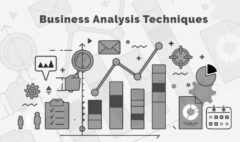10 Essential Business Analysis Tools and Techniques
In the ever-changing landscape of business analysis, professionals rely on a diverse set of tools and techniques to succeed in their roles.
These tools and techniques are instrumental in gathering and analysing data, understanding business requirements, and effectively communicating insights to stakeholders.
In this comprehensive guide, we will explore the top 20 essential business analysis tools and techniques that every aspiring or seasoned business analyst should master.
From data analysis and stakeholder management to requirements elicitation and process mapping, these tools form the core of effective business analysis practices.
1. Data Analysis:

Data analysis is the process of examining, cleaning, transforming, and interpreting data to uncover valuable insights and support decision-making.
For BAs, data analysis is the backbone of their work, as it empowers them to understand complex business problems, identify patterns, and provide actionable solutions.
By collecting and analysing data from various sources, BAs gain a comprehensive understanding of the organization’s performance, customer behaviour, market trends, and operational efficiency.
Microsoft Excel is a versatile and widely used tool in the realm of Business Analysis. BAs harness the power of Excel for a multitude of data analysis tasks due to its user-friendly interface, powerful functions, and diverse capabilities.
Here are some ways BAs use Excel for data analysis:
Data Cleaning and Transformation:
Data is often messy and requires cleaning before analysis. BAs use Excel’s features like filtering, sorting, and data validation to cleanse data and prepare it for analysis.
They can easily remove duplicates, correct errors, and standardize formats using Excel’s functions, ensuring the data is accurate and reliable.
Data Visualization:
Excel offers a range of chart types, such as bar graphs, pie charts, and line charts, enabling BAs to visually represent data patterns and trends.
Visualization makes it easier for stakeholders to grasp complex information quickly and make data-driven decisions.
Pivot Tables and Pivot Charts:
BAs use PivotTables to summarize and analyse large datasets with ease. Pivot Tables allow them to aggregate data, perform calculations, and create interactive reports.
Pivot Charts complement PivotTables, providing dynamic and visually appealing representations of data.
Statistical Analysis:
Excel includes built-in statistical functions that BAs use to calculate averages, standard deviations, correlations, and perform regression analysis.
These functions help in identifying patterns and relationships within the data.
What-If Analysis:
BAs use Excel’s scenario manager and data tables to perform what-if analysis, exploring various scenarios and understanding how changes in variables impact outcomes.
This aids in forecasting and strategic planning.
While Business Analysts and Data Analysts share some similarities in their work, their roles differ in focus and objectives.
Focus:
BAs focus on understanding business needs, identifying opportunities for improvement, and proposing solutions. They work closely with stakeholders to align data insights with business goals.
Data Analysts, on the other hand, concentrate primarily on processing and analysing data to provide insights and support decision-making.
Skill Set:
Both roles require strong analytical skills, but BAs also need excellent communication, stakeholder management, and problem-solving abilities to bridge the gap between business and technology.
Data Analysts often have a deeper expertise in data manipulation, statistics, and data visualization techniques.
Objectives:
The primary objective of a BA is to drive business success and contribute to the organization’s growth. They are concerned with the big picture and focus on overall business strategy.
Data Analysts are primarily concerned with extracting insights from data to answer specific questions or solve particular problems.
2. Process Mapping:
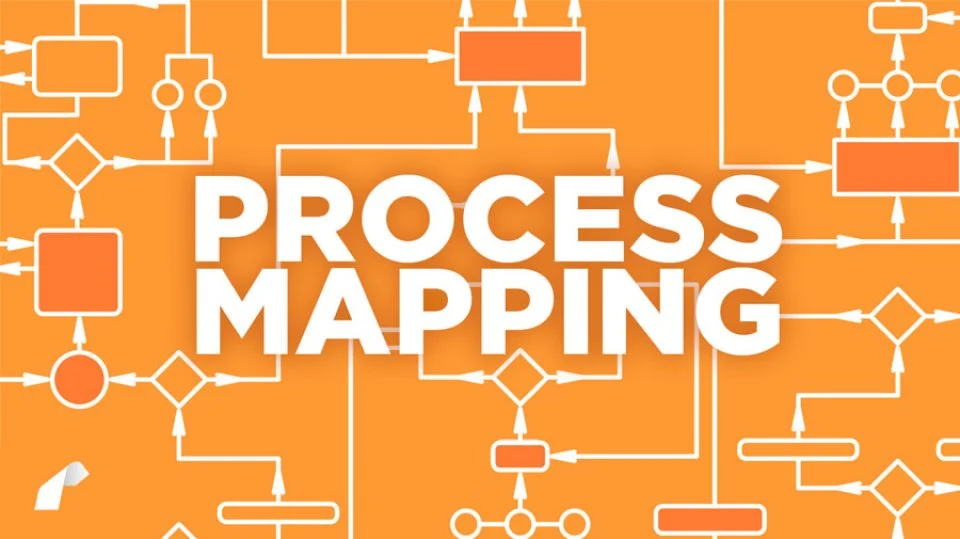
Process mapping is a fundamental tool in the arsenal of Business Analysis, enabling analysts to create visual representations of business processes.
Through this technique, inefficiencies, bottlenecks, and areas for improvement within a process can be easily identified.
Business Process Model and Notation (BPMN) is a widely used technique that offers a standardized and intuitive approach to process mapping.
With BPMN, analysts can depict complex workflows, decision points, and interactions among different stakeholders, providing a clear and comprehensive understanding of the process.
This aids in streamlining operations, enhancing efficiency, and guiding organizations towards optimal process design.
3. Stakeholder Analysis:
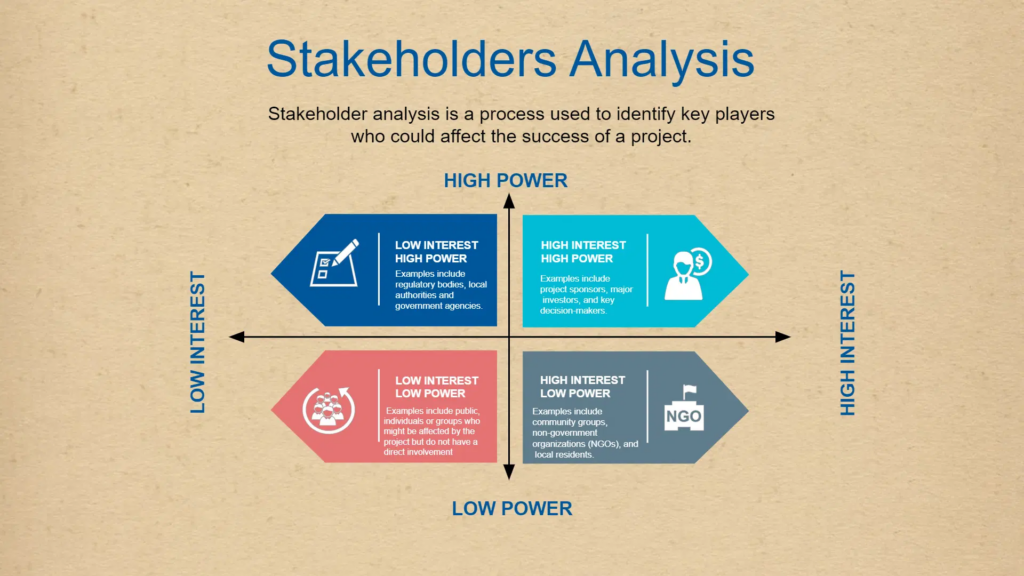
Stakeholder Analysis is a vital technique employed by Business Analysts to gain a comprehensive understanding of the individuals or groups who have a stake in a project.
This process involves identifying and assessing the influence, interests, and expectations of stakeholders to effectively manage their engagement and ensure project success.
By conducting Stakeholder Analysis, business analysts can identify key stakeholders, determine their level of influence, and understand their specific needs and concerns.
This knowledge helps in developing appropriate communication strategies, managing expectations, and addressing potential conflicts or challenges.
Ultimately, the insights obtained from Stakeholder Analysis enable business analysts to build strong and positive relationships with stakeholders, align project objectives with their interests, and drive successful project outcomes.
4. Requirements Elicitation Techniques:
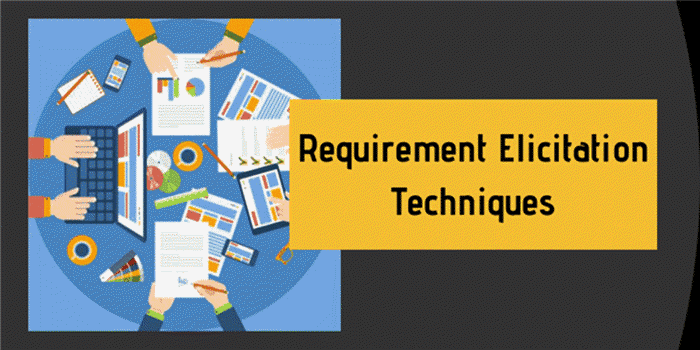
Requirements Elicitation Techniques play a critical role in the business analysis process, enabling analysts to gather valuable information from stakeholders and understand their needs and expectations.
These techniques involve various methods such as interviews, workshops, surveys, and observations, each tailored to suit different project scenarios and stakeholder preferences.
Interviews provide a one-on-one interaction with stakeholders, allowing for in-depth discussions and personalized insights.
Workshops, on the other hand, facilitate group collaboration, encouraging brainstorming and consensus-building among stakeholders.
Surveys are useful for collecting large amounts of data from a broad audience, while observations allow analysts to witness processes or behaviours directly.
By employing these Requirements Elicitation Techniques, business analysts can effectively define the project scope and ensure alignment with the organization’s business objectives.
Through interviews and workshops, analysts gain a deeper understanding of stakeholders’ expectations, pain points, and specific requirements.
Surveys enable them to gather feedback from a wide range of stakeholders, helping identify common trends and patterns.
Observations provide first-hand insights into existing processes and workflows, highlighting potential areas for improvement.
Overall, mastering these elicitation techniques is essential for business analysts to successfully identify and document stakeholders’ needs, which serves as a solid foundation for the rest of the business analysis process and project success.
5. Use Case Diagrams:
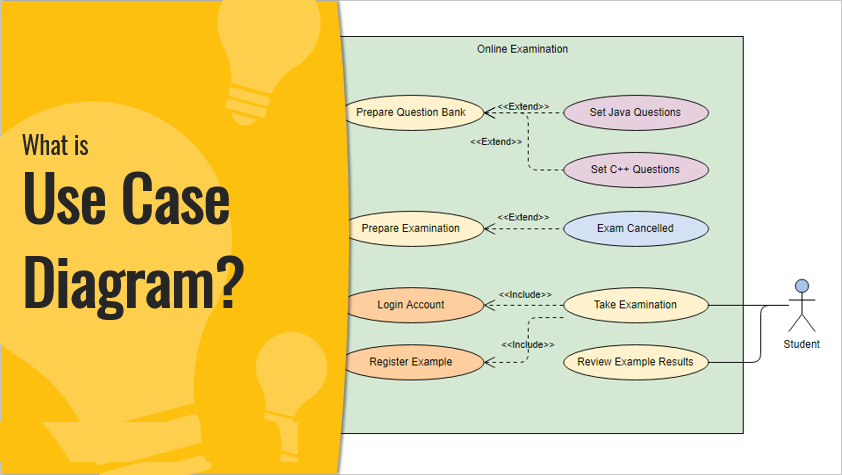
Use Case Diagrams are powerful tools used by business analysts to visually represent the interactions between users and a system.
These graphical representations illustrate how users interact with the system to achieve specific goals, outlining various scenarios and potential outcomes.
By employing Use Case Diagrams, business analysts gain a comprehensive understanding of the system’s functionality and the flow of user interactions, which is crucial for effective requirement elicitation and system design.
In a Use Case Diagram, actors represent users or external systems, and use cases depict specific actions or tasks that the users perform within the system.
The relationships between actors and use cases showcase how different actors interact with the system to achieve their objectives.
This clear visual representation aids in the identification of user requirements, system functionalities, and potential constraints or limitations.
By leveraging Use Case Diagrams during the analysis phase, business analysts can elicit detailed and accurate requirements, ensuring that the final system design aligns with the needs and expectations of the stakeholders.
6. Prototyping:

Prototyping is a valuable technique used by business analysts to create a preliminary version of a product or system, allowing stakeholders to provide feedback and validate requirements.
By developing a basic working model, business analysts can better understand user needs and expectations, and stakeholders can visualize the final product.
This iterative approach enables continuous refinement and improvement, ensuring that the end product aligns with the desired outcome and maximizes user satisfaction.
Prototyping is a powerful tool in the business analyst’s toolkit, as it facilitates effective communication, reduces risks, and enhances the overall success of projects.
7. Gap Analysis:
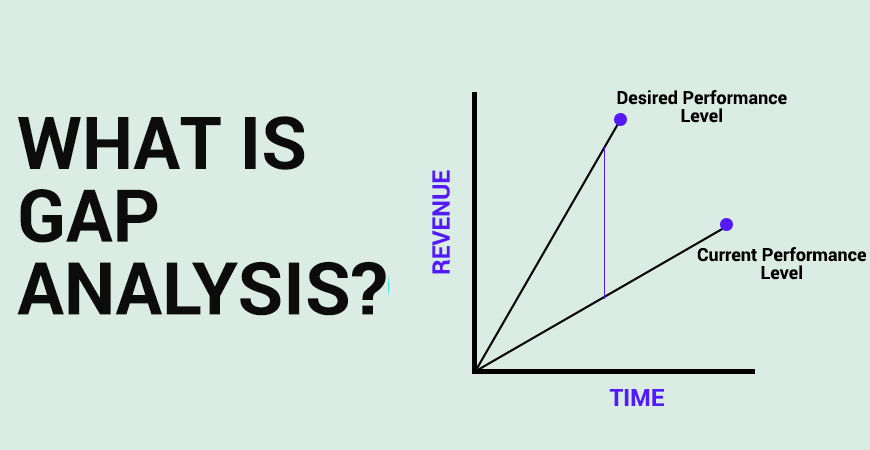
Gap Analysis is a fundamental technique utilized by business analysts to assess the variance between the existing state of a system or process and the desired future state.
By conducting a thorough evaluation, analysts identify discrepancies, shortcomings, and areas for improvement.
This critical analysis empowers them to develop strategic plans and actionable recommendations to bridge the gap and align the organization’s objectives with its actual performance.
Gap Analysis serves as a crucial tool in the business analyst’s toolkit, enabling them to make data-driven decisions, optimize processes, and drive successful business transformations.
8. Brainstorming:
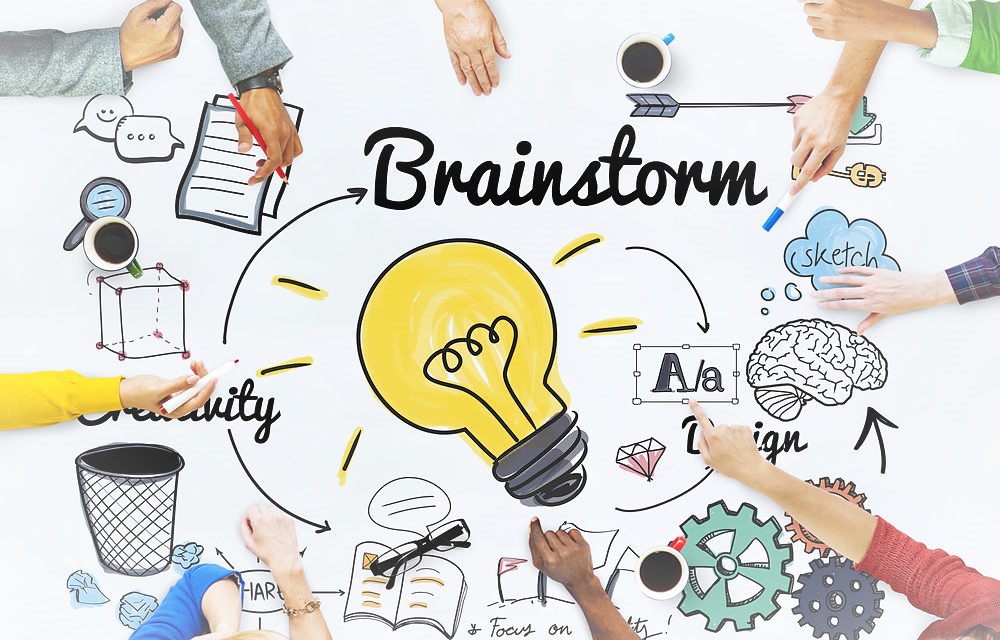
Brainstorming sessions are vital tools employed by business analysts to foster creativity and innovative thinking within teams.
During these sessions, team members come together to generate a wide range of ideas and potential solutions to address specific challenges or project requirements.
By encouraging open communication and collaboration, brainstorming sessions enable diverse perspectives and insights to emerge, leading to the identification of unique approaches and creative solutions.
As a result, business analysts can leverage the power of brainstorming to facilitate effective problem-solving, explore new opportunities, and make informed decisions that drive project success and meet stakeholder expectations.
9. User Stories:
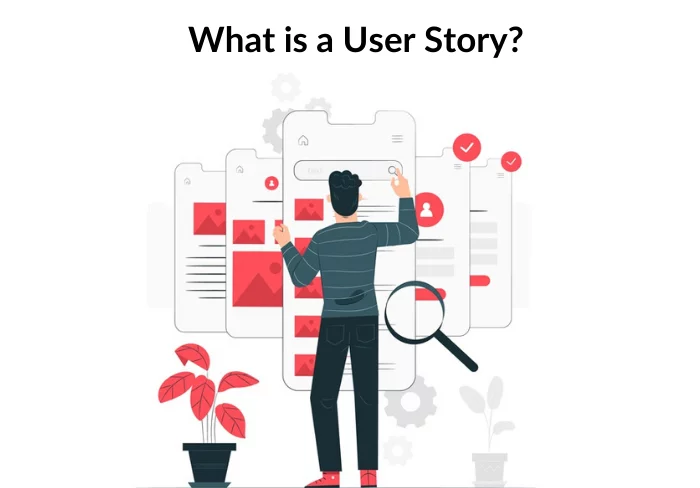
User Stories are a fundamental technique used in Agile development to capture and define user requirements from an end-user perspective.
They are concise, easy-to-understand narratives that describe the desired functionality of a software feature or system.
Business analysts play a crucial role in eliciting, creating, and refining user stories to ensure that the development team understands and delivers on the needs of the users.
To effectively use user stories, business analysts should follow a few key tips. Firstly, focus on the user and their needs, emphasizing the “who,” “what,” and “why” of the requirement.
Secondly, keep the user stories small and manageable, so they can be easily implemented within a single development iteration.
Thirdly, prioritize user stories based on business value and complexity to guide the development team’s efforts.
Additionally, use clear and specific acceptance criteria to define the conditions that must be met for the user story to be considered complete.
Regularly communicate with stakeholders and the development team to ensure a shared understanding of the user stories, and be open to refining and reprioritizing them as project needs evolve.
By following these tips, business analysts can harness the power of user stories to deliver valuable, user-centric solutions in an Agile development environment.
10. MoSCoW Prioritization:
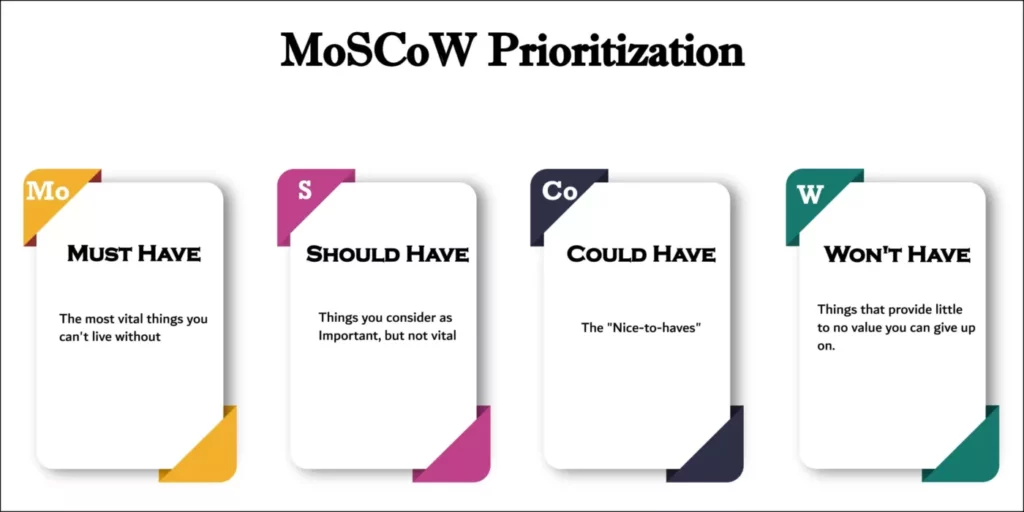
MoSCoW Prioritisation is a powerful technique that business analysts employ to effectively prioritize requirements during the project planning phase.
It helps categorize requirements into four main groups: Must-have, Should-have, Could-have, and Won’t-have. The key to successful MoSCoW Prioritisation lies in understanding the project’s objectives, stakeholders’ needs, and the overall scope of work.
Here are some essential tips for business analysts to effectively implement MoSCoW Prioritisation:
Collaboration with Stakeholders:
Engage in active discussions with stakeholders to gain insights into their priorities and expectations. Understanding their perspectives will help in accurately categorizing requirements based on their importance.
Define Clear Criteria:
Establish clear criteria for each category (Must-have, Should-have, Could-have, Won’t-have) to ensure consistent and objective decision-making.
Criteria could include factors such as business impact, regulatory compliance, and project feasibility.
Involve the Development Team:
Collaborate with the development team to understand their capacity and limitations. Their input is vital in determining the feasibility of implementing certain requirements, especially for Must-have items.
Re-evaluate Regularly:
Priorities may evolve during the course of the project. It is essential to revisit and re-evaluate requirements regularly to ensure they align with changing business needs and project progress.
Document Clearly:
Create comprehensive documentation that outlines the prioritization decisions and the rationale behind them. This documentation will serve as a valuable reference point for all stakeholders throughout the project.
By following these tips, business analysts can successfully implement MoSCoW Prioritisation and ensure that the project team focuses on delivering the most critical requirements, maximizing value, and meeting stakeholders’ expectations.
Conclusion
Mastering these top essential business analysis tools and techniques is crucial for aspiring and seasoned business analysts alike.
These tools empower professionals to gather and analyse data effectively, understand stakeholder needs, and make informed decisions.
Whether you are just starting your career in business analysis or looking to enhance your skillset, investing time and effort in mastering these tools and techniques will undoubtedly contribute to your success in this dynamic and rewarding field.
Embrace the power of these tools, stay updated with industry trends, and continuously refine your business analysis expertise to excel in your career.







